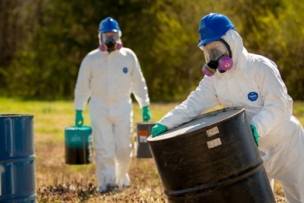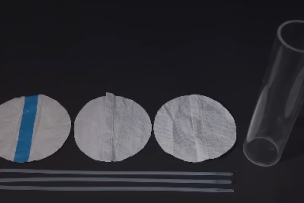For more than 50 years, DuPont Personal Protection (DPP) has been creating groundbreaking solutions that protect industrial professionals around the globe. DPP brings together some of the most trusted names in personal protective equipment (PPE)—Tyvek®, Tychem®, Nomex® and Kevlar®—to provide unparalleled solutions that protect workers against chemical, thermal, electric arc, mechanical and other workplace hazards.
Introduction
Humans can be a source of contamination in cleanrooms and controlled environments; thus, cleanroom workers in aseptic environments are typically garbed head-to-toe in either sterile single-use or sterile reusable garments.
The process of wearing, laundering and sterilizing reusable garments can impact their physical properties and change garment functionality. Laundering and wear abrade garment fibers. Simultaneously, changes to the polymers that make up the garments can occur at the molecular level. Although routine visual inspection is often part of garment quality evaluation programs, nonvisible properties also change with time.
When selecting reusable garments for use in cleanroom environments, it is important to understand how they will perform over their intended life cycle. Consideration of these properties should be part of the decision process for when to take reusable garments out of service.
Physical property data are often available for new cleanroom garments; however, there are less data available throughout the entire garment life cycle. To aid in garment choice, DuPont conducted a study of the physical properties of reusable cleanroom garments after a set number of laundering and gamma radiation exposure (sterilization) cycles. The results are outlined here.
Methodology
Two sets of commercially branded, reusable coveralls were purchased for testing and designated as Garment A and Garment B. Garments were made of woven polyester with integral carbon fiber for electrostatic decay properties. Garments were laundered and subsequently exposed to gamma radiation; this was considered one cycle. This process was repeated for 30 cycles. Garments were removed for testing after pre-determined numbers of cycles (Figure 1).








Talk to Us!
Leave a reply
Your email address will not be published. Required fields are marked *